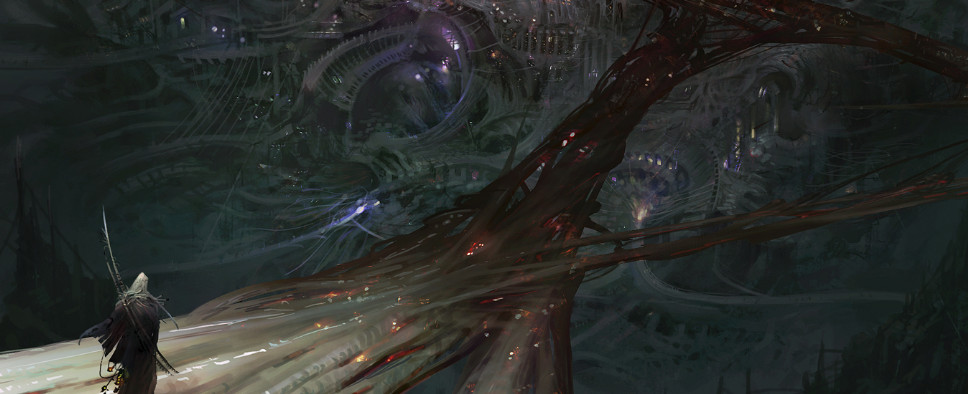George Ziets Interview, Parts Three and Four
-
Category: News ArchiveHits: 5733

Murnane: Torment’s world is outside the box which can encourage players to think outside the box as they immerse themselves in the game. Did this provide special challenges for handling the need to accommodate player agency in telling Torment’s story?
Ziets: It sure did. We committed to a lot of reactivity on Torment. We gave players multiple ways to solve every problem, and we provided unique and interesting consequences whenever possible. But because the world of Numenera is so unusual, and because we created so many strange artifacts with powerful abilities, we had to account for all the unexpected ways players might try to resolve a situation.
Designers and writers are usually too close to their own creations to provide truly objective feedback, so we relied on other team members – and our external testing team – to play the quests and dialogues and find all the possibilities we may have missed. Then we did our best to account for all the edge cases. Some will be experienced by very few players, but we wanted to reward all the player’s choices, even the most unlikely ones. Players who discover those edge cases will feel like they’ve found a secret known only to a few.
[We made a strong] commitment to giving the player lots of choices and consequences. We embraced branching and interconnected quests to an extent that the vast majority of games wouldn't, so we had to account for many more paths through the content, which was a challenge... but well worth the effort for this kind of game, I think.
...
Murnane: How did the imaginative breadth of Torment’s world contribute to storytelling? For example, some of the creatures in Torment don't appear in any of the other Planescape games. How did this freedom to create original creatures, artifacts and technologies that were designed to meet your storytelling needs affect the way stories are told in the game?
Ziets: It certainly gave us a greater ability to be imaginative and original, but the ground rules of storytelling remained the same. For example, we still needed a strong, coherent narrative and we still needed to make sure that we parsed out revelations a little at a time to make sure the player always had unanswered questions.
We did have limitations regarding some elements in the world. The nychthemeron, for example, is actually a creature from one of the Numenera sourcebooks, and its abilities and personality are based on its description in that book. We wanted to include at least a few of our favorite creatures from the Numenera sourcebooks, like the nychthemeron and the murdens, for fans of the tabletop game.

